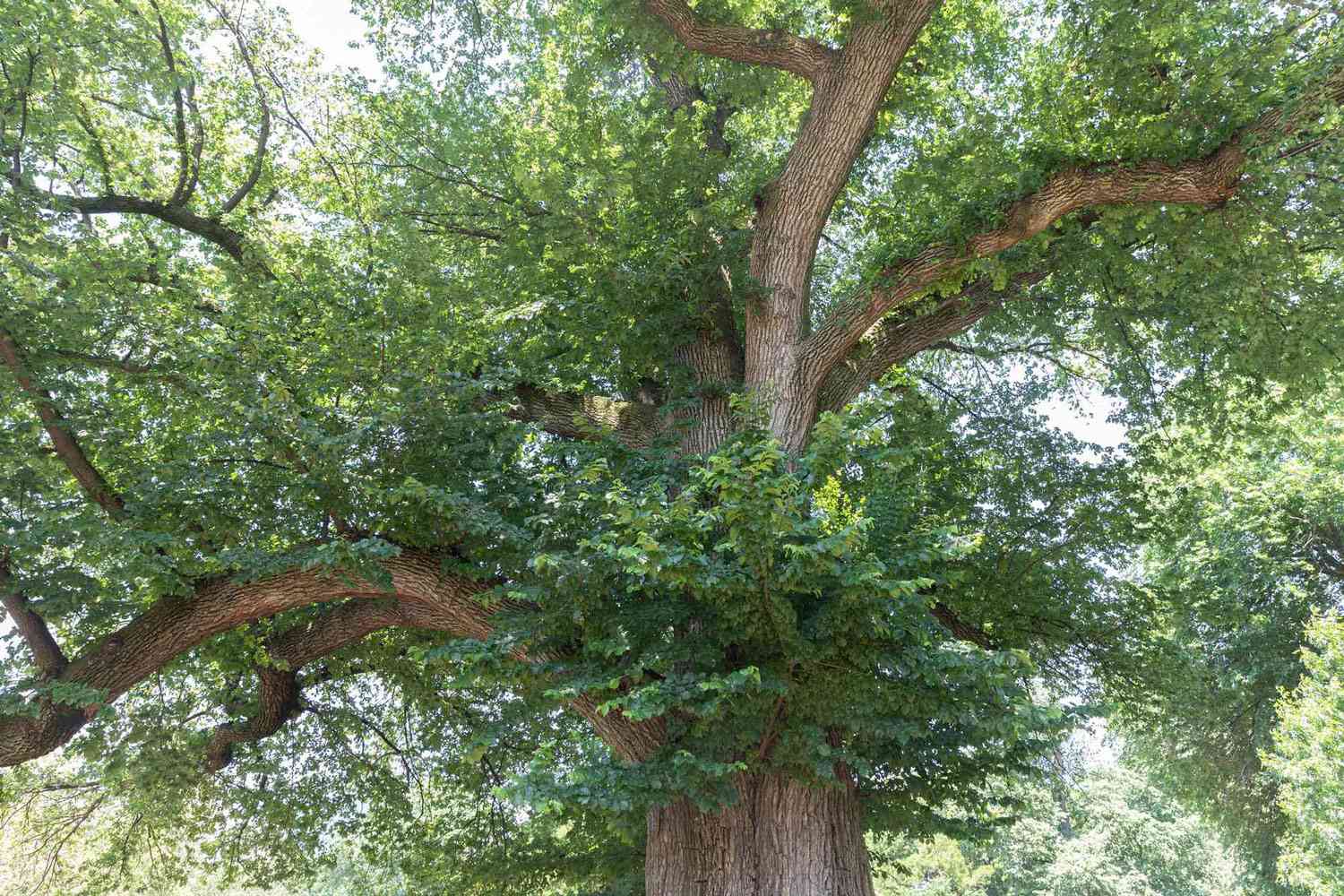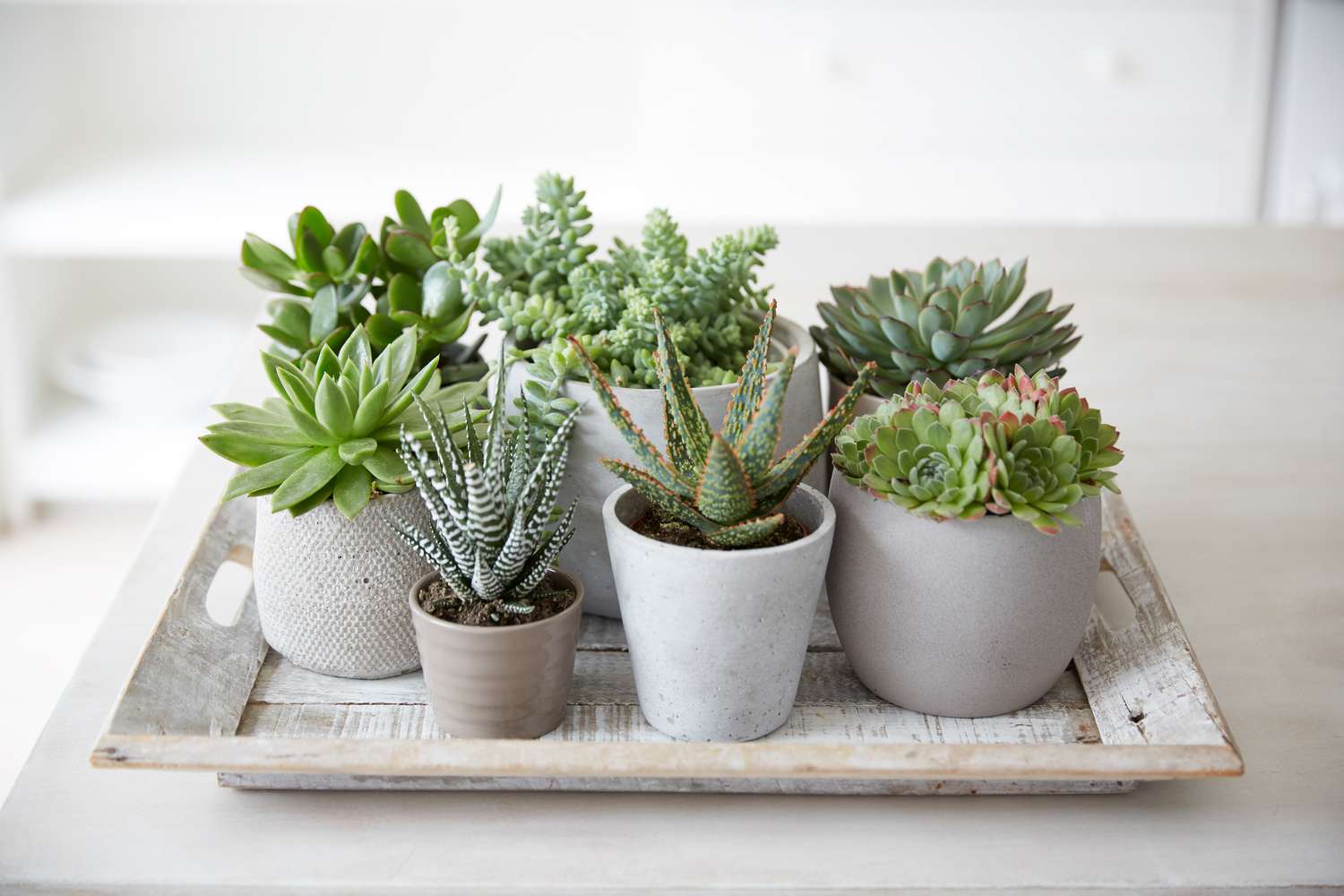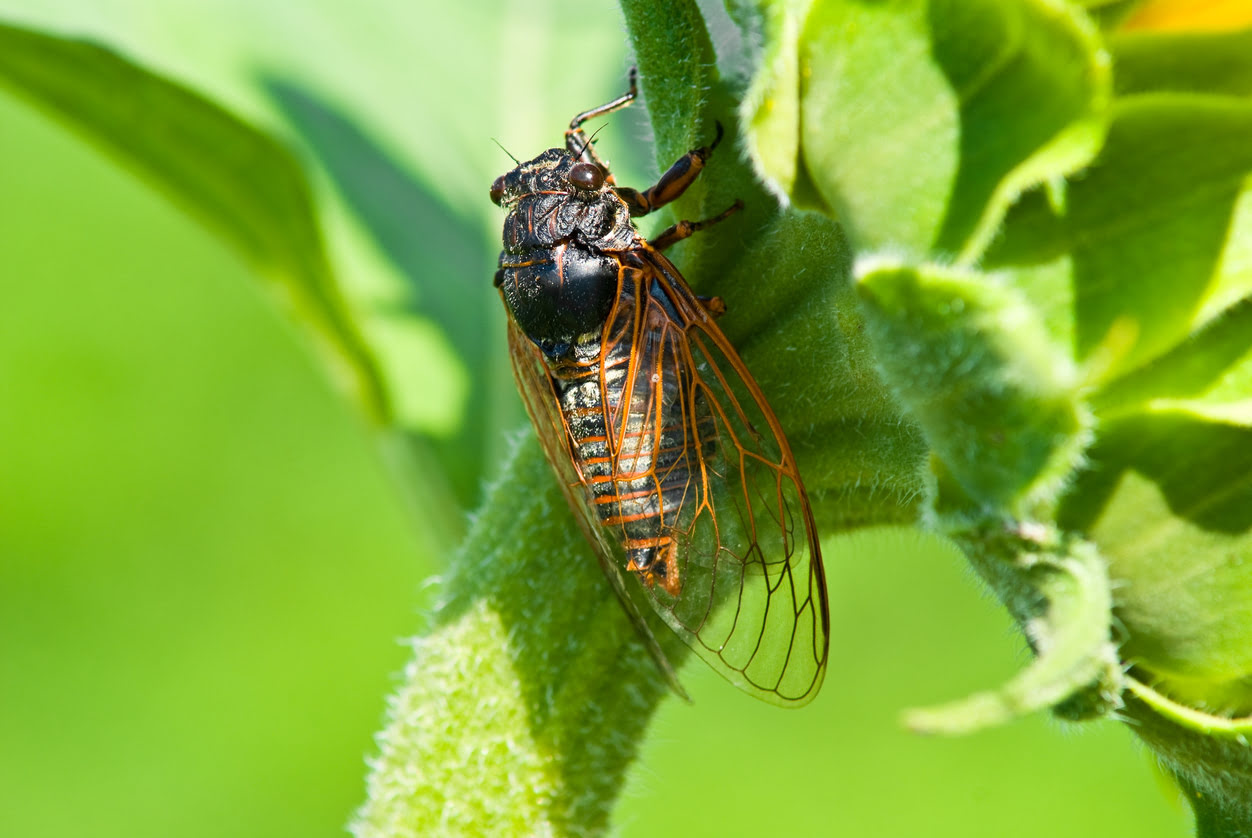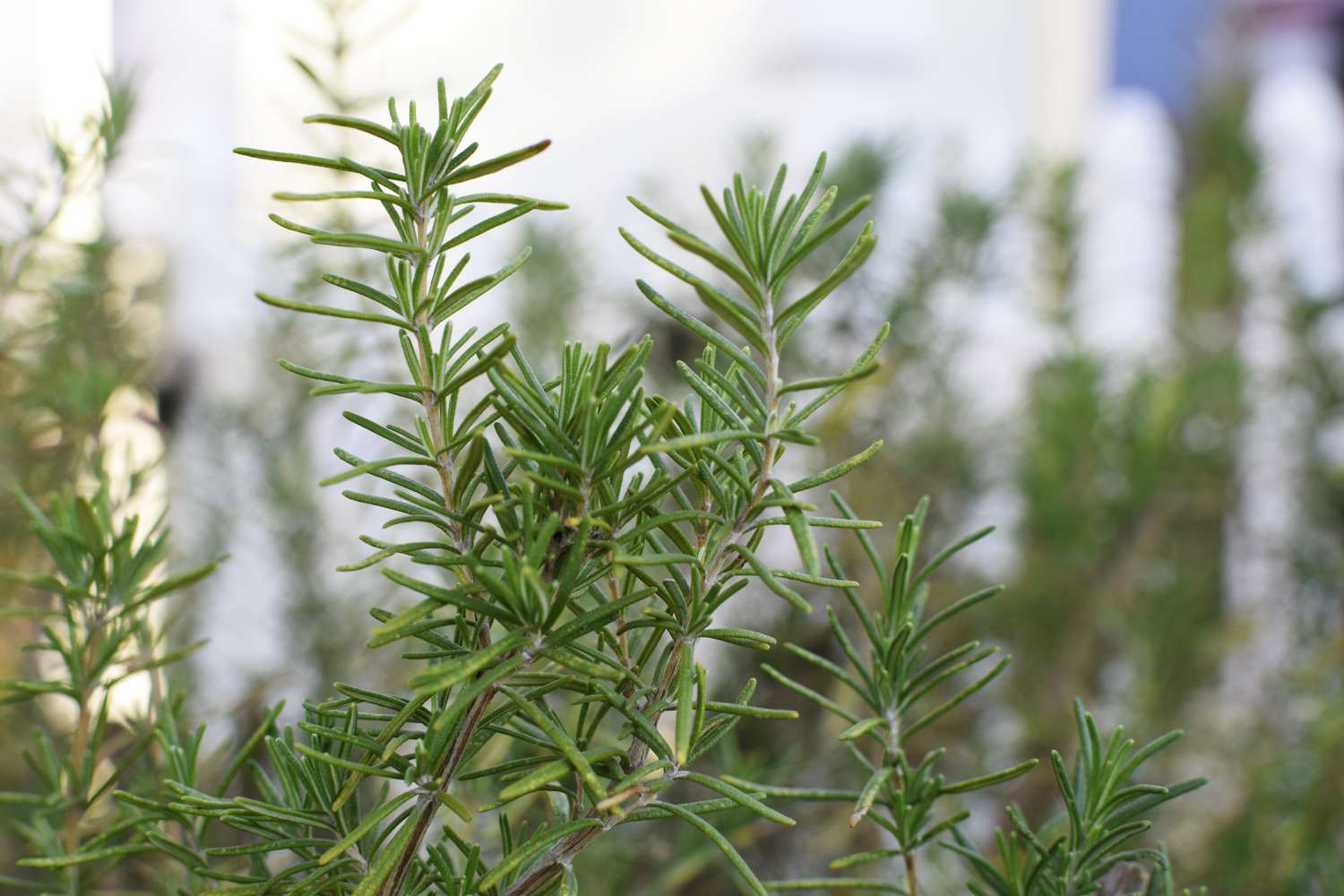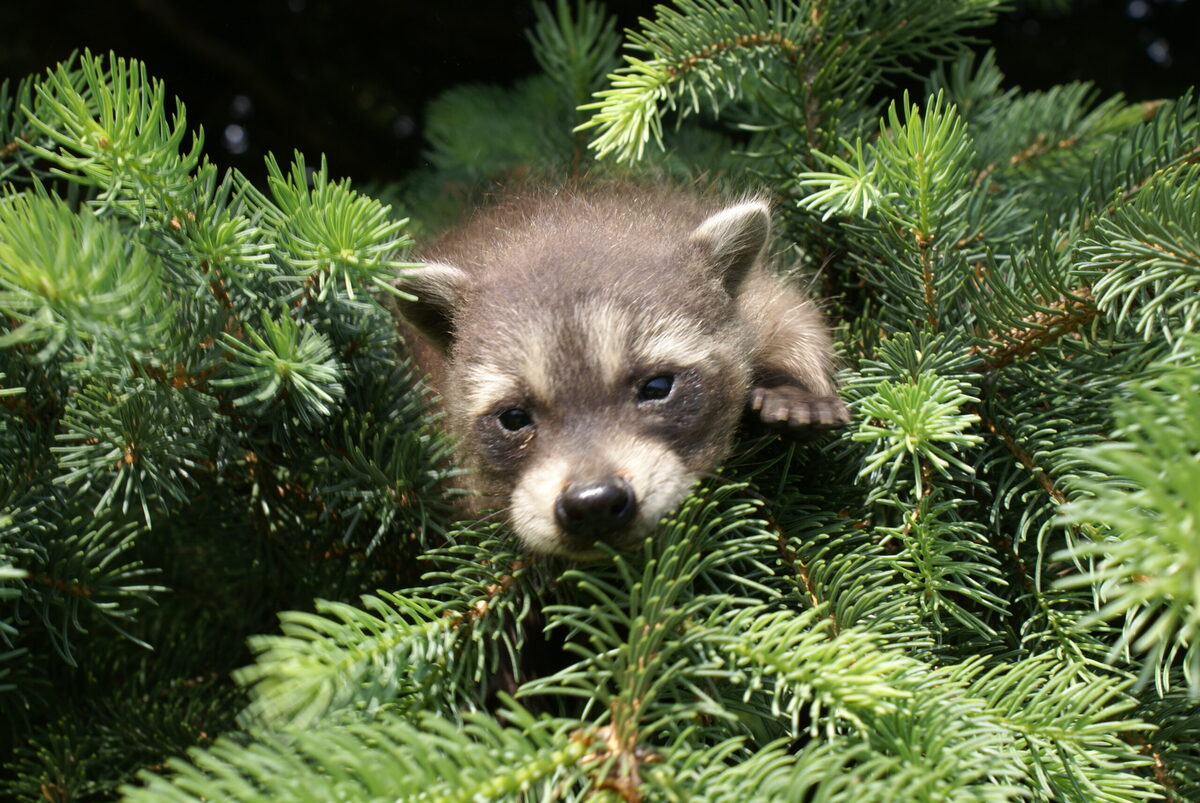Home>Gardening News and Trends>Latest News>How Long Do Elm Trees Live
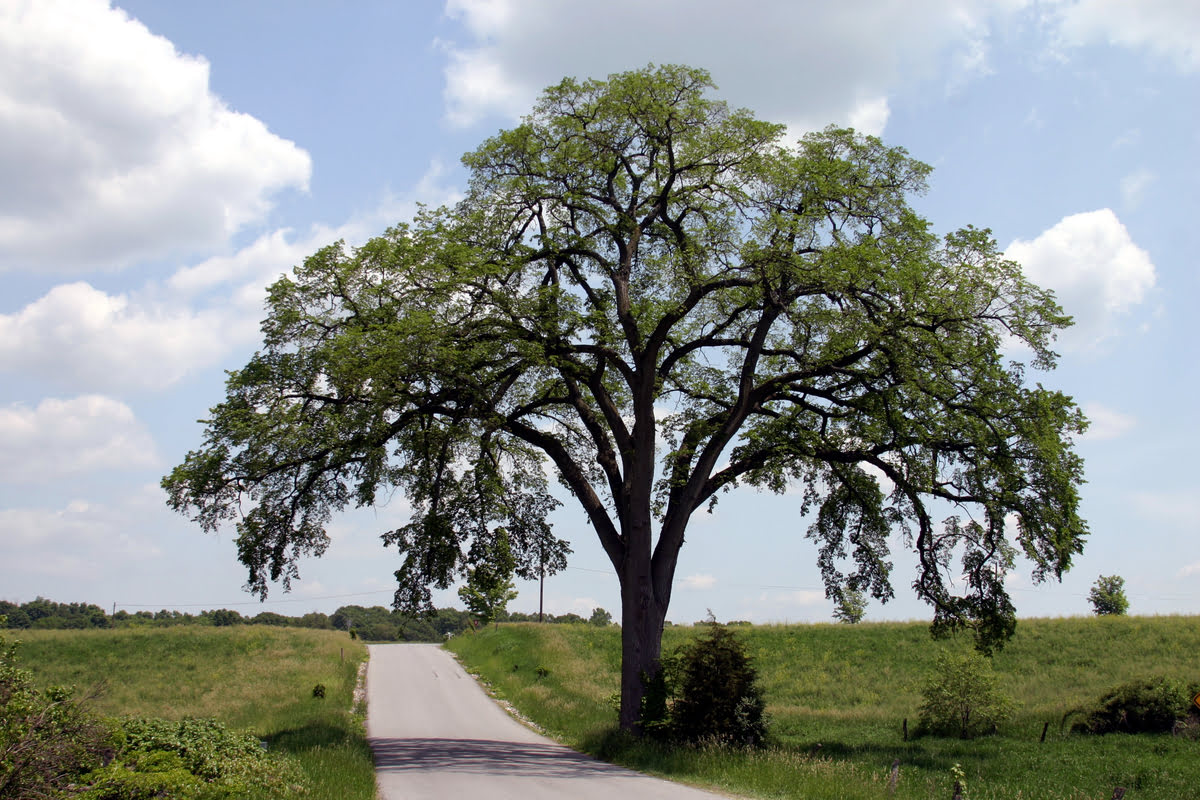

Latest News
How Long Do Elm Trees Live
Published: November 1, 2023
Discover the latest news on how long elm trees live, including factors that influence their lifespan and tips for maintaining healthy and thriving elm trees.
(Many of the links in this article redirect to a specific reviewed product. Your purchase of these products through affiliate links helps to generate commission for Chicagolandgardening.com, at no extra cost. Learn more)
Table of Contents
Introduction
Elm trees (Ulmus spp.) are majestic and long-lived trees that have been cherished for their beauty and shade for centuries. With their graceful arching branches and vibrant foliage, these trees make a stunning addition to any landscape. But how long do elm trees actually live? Well, the lifespan of an elm tree can vary depending on several factors, including the specific species, environmental conditions, and proper care.
Elm trees are known for their longevity, with some species capable of living for several hundred years. However, many factors can affect the lifespan of these trees, such as diseases, pests, and environmental stressors. Understanding these factors and implementing proper care strategies can help prolong the life of elm trees, allowing them to thrive and continue to beautify our surroundings.
In this article, we will explore the various factors that influence the lifespan of elm trees, the different species of elm trees and their average lifespan, common diseases and pests that can impact their longevity, and strategies to enhance the lifespan of these magnificent trees.
Whether you are a homeowner with elm trees in your yard or an arborist looking to preserve these majestic specimens, this article will provide you with valuable insights into the lifespan of elm trees and how to ensure their longevity.
Factors Affecting the Lifespan of Elm Trees
The lifespan of elm trees can be influenced by various factors, which have a direct impact on their overall health and longevity. Understanding these factors is crucial for ensuring the well-being of elm trees and maximizing their lifespan. Here are some key factors to consider:
- Species: Elm trees belong to the Ulmus genus and encompass various species, each with its own average lifespan. Some species, such as the American Elm (Ulmus americana) and the English Elm (Ulmus procera), can live for several hundred years, while others, like the Siberian Elm (Ulmus pumila), have a shorter lifespan.
- Environmental Conditions: The environment in which an elm tree grows plays a significant role in its lifespan. Factors such as temperature, rainfall, soil quality, sunlight exposure, and air pollution can all affect the health and longevity of elm trees. Elm trees generally thrive in moist, well-drained soil and prefer full sun or partial shade.
- Proper Care: Providing proper care and maintenance is essential for ensuring the longevity of elm trees. Regular watering during dry periods, appropriate fertilization, and pruning to remove dead or diseased branches can help keep the trees healthy and minimize the risk of diseases and pests.
- Disease Resistance: Elm trees are susceptible to various diseases, including Dutch Elm Disease (DED) and elm yellows. The presence of disease-resistant elm tree varieties, such as the Liberty Elm (Ulmus ‘Liberty’) and the Princeton Elm (Ulmus americana ‘Princeton’), can significantly increase the lifespan of elm trees by reducing the risk and impact of these diseases.
- Pest Infestation: Elm trees can also be affected by pests, such as elm leaf beetles and aphids, which can weaken the tree and make it more vulnerable to diseases. Implementing pest management strategies, such as regular monitoring, insecticidal treatments, and promoting beneficial insects can help prevent or control pest infestations and prolong the life of elm trees.
By considering these factors and taking appropriate measures to address them, you can significantly extend the lifespan of your elm trees and ensure their health and beauty for many years to come.
Elm Tree Species and Their Lifespan
Elm trees encompass various species, each with its own characteristics and average lifespan. Understanding the lifespan of different elm tree species can help you choose the right type for your landscape and ensure their long-term health. Here are some common elm tree species and their approximate lifespans:
- American Elm (Ulmus americana): The American Elm is one of the most iconic and long-lived elm tree species. These majestic trees have an average lifespan of 150 to 300 years, with some specimens living even longer under ideal conditions. However, due to the devastating impact of Dutch Elm Disease, which decimated many American Elm populations, finding disease-resistant varieties is crucial for their survival.
- English Elm (Ulmus procera): English Elms are known for their rapid growth and graceful appearance. These trees have an average lifespan of around 100 to 150 years. While they are less susceptible to Dutch Elm Disease than American Elms, it is still important to choose disease-resistant varieties for optimal longevity.
- Siberian Elm (Ulmus pumila): Siberian Elms are more short-lived compared to other elm tree species, with an average lifespan of around 30 to 50 years. These trees are hardy and tolerant of harsh environmental conditions but are more susceptible to diseases and pests. Regular monitoring and management are essential to maintain the health and longevity of Siberian Elms.
- Hybrid Elms: Hybrid elms, such as the Accolade Elm (Ulmus ‘Morton’) and the Triumph Elm (Ulmus ‘Morton Glossy’), are cultivated for their disease resistance and adaptability. These hybrids can have a lifespan of 70 to 100 years or more, making them a popular choice for landscapes where Dutch Elm Disease is a concern.
It’s important to note that these average lifespans are influenced by various factors, including environmental conditions, proper care, and disease management. By implementing appropriate care strategies and selecting disease-resistant varieties, you can potentially extend the lifespan of your elm trees and enjoy their beauty for many years.
Common Diseases and Pests that Impact Elm Tree Longevity
Elm trees are susceptible to various diseases and pests, which can have a significant impact on their longevity and overall health. Understanding and identifying these common issues is essential for effectively managing and preserving the lifespan of elm trees. Here are some of the most prevalent diseases and pests that affect elm trees:
- Dutch Elm Disease (DED): Dutch Elm Disease is a fungal infection caused by the pathogen Ophiostoma novo-ulmi. It spreads rapidly and can lead to the death of untreated elm trees. The disease is transmitted through Elm Bark Beetles, which are attracted to stressed or wounded elms. Look out for symptoms such as yellowing leaves, wilting, and dieback of branches. Prompt diagnosis and treatment can help save infected trees, while planting disease-resistant elm varieties is recommended to prevent its spread.
- Elm Yellows: Elm Yellows is caused by a phytoplasma and primarily affects American Elms. The disease causes yellowing and drooping of leaves, stunted growth, and premature death of the tree. There is no cure for Elm Yellows, so prevention is key. Planting disease-resistant elm varieties can help minimize the risk of infection.
- Elm Leaf Beetles: Elm Leaf Beetles are common pests that feed on elm tree leaves, leading to defoliation and weakening of the tree. These beetles lay their eggs on the underside of leaves, and the larvae skeletonize the foliage. Regular monitoring, insecticidal treatments, and promoting natural predators can help control these pests.
- Aphids: Aphids are small, sap-sucking insects that can infest elm trees and negatively impact their health. These pests excrete honeydew, which attracts other pests like ants and causes sooty mold on the leaves. Regular inspection, natural predators, and insecticidal treatments can help manage aphid infestations.
Proper monitoring, early detection, and appropriate management strategies are crucial for mitigating the damage caused by these diseases and pests. Engaging in preventive measures, such as planting disease-resistant elm tree varieties and providing optimal care, can significantly enhance the longevity and vitality of your elm trees.
Strategies for Prolonging the Life of Elm Trees
To ensure the longevity and health of elm trees, it is essential to implement proper care and maintenance strategies. By following these guidelines, you can significantly prolong the lifespan of your elm trees:
- Plant Disease-Resistant Varieties: Choosing disease-resistant elm tree varieties is crucial for minimizing the impact of common diseases like Dutch Elm Disease and Elm Yellows. Consult with local nurseries or arborists to identify and select disease-resistant species or hybrids that are suitable for your region.
- Provide Adequate Watering: Elm trees thrive in moist, well-drained soil. During dry periods, ensure that your elm trees receive sufficient water. Deep, infrequent watering encourages deep root growth and enhances the tree’s ability to withstand environmental stress.
- Fertilize Properly: Elm trees benefit from regular fertilization to ensure adequate nutrients for growth and disease resistance. Use a controlled-release fertilizer specifically formulated for trees and follow the recommended application rates.
- Prune Regularly: Regular pruning helps remove dead or diseased branches, enhances airflow, and reduces the risk of branch breakage during storms. Prune elm trees during their dormant season to minimize stress and avoid the spread of diseases.
- Monitor for Diseases and Pests: Conduct regular inspections of your elm trees to identify early signs of diseases or pest infestations. Promptly address any issues through proper treatment options or seek professional advice.
- Promote Beneficial Insects: Encourage the presence of beneficial insects, such as ladybugs and lacewings, which feed on aphids and other harmful pests. Avoid using broad-spectrum insecticides that may harm these beneficial insects.
- Practice Good Cultural Practices: Maintain a healthy growing environment for elm trees by removing debris, weeds, and diseased plant material from the vicinity. This helps reduce the risk of pests and diseases and ensures optimal growing conditions.
By implementing these strategies and providing proper care, you can significantly improve the longevity and overall health of your elm trees. Remember to consult with arborists or horticulture professionals for specific guidance tailored to your elm tree’s needs and local conditions.
Conclusion
Elm trees are cherished for their beauty, shade, and longevity. Understanding the factors that influence their lifespan and implementing proper care strategies is crucial for ensuring their long-term health and vitality.
Factors such as the specific species, environmental conditions, and proper care play a significant role in the lifespan of elm trees. Different elm tree species have varying average lifespans, with some capable of living for several hundred years under ideal conditions.
However, common diseases such as Dutch Elm Disease and pests like elm leaf beetles and aphids can adversely affect the lifespan of elm trees. It is crucial to monitor for these diseases and pests, implement proper treatment measures, and promote beneficial insects to mitigate their impact.
To prolong the life of elm trees, it is essential to plant disease-resistant varieties, provide adequate watering and fertilization, prune regularly, and practice good cultural practices. By taking these proactive measures, you can enhance the health and longevity of your elm trees.
Remember, maintaining healthy elm trees is an ongoing process. Regular monitoring, care, and timely interventions are key to preserving the beauty and majesty of these remarkable trees for generations to come.

